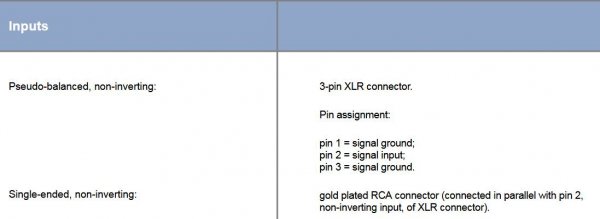It is not relevant if do not know how or are not interested in interpreting the data coming from the test. The noise in this condition is the intrinsic noise of the ML3 heard through the MM7 speakers, nothing added. Mike will immediately have a reference to what is possible to get in his system - theoretically he should be able to achieve something similar after fine tuning the system.
BTW, Mike has version II of the DartZeel preamplfier - we do not know exactly how the balanced stage is implemented. In version I it was carried with a Neutrik transformer, I think its not used anymore. But I am not sure.
I do know that there is no longer any transformer in either the XLR input or output in dart pre version II. and that version II input is much higher performing, as I used it with the Trinity dac and was very impressed.
OTOH while yesterday I did enjoy the absence of noise from the XLR output, later it was clear that for whatever reason the RCA output into the RCA input on the ML3 performed quite a bit better. there are a few variables involved so we are not just hearing these interface issues. the XLR interconnects were generic, the pair less than $50 value, and they were brand new and raw. the RCA's I've had for 5-6 years, are fully broken in as well as recently spent 5 days on my cable cooker, and have a retail value of over $3000. and the noise difference is not hardly noticeable.
the XLR performance seemed blunted and compressed, and had a bit of glare. it sounded one dimensional and lacked bass.
was that mostly the circuit difference? or mostly the cable? or a combination? don't know. I do have a slightly higher level XLR I will try later this week and i'll make sure it's had some cable cooker time.
I do think that in single ended configuration the dart pre seems to be a great pairing with the ML3, magical even. each plays to the other's strengths.




















